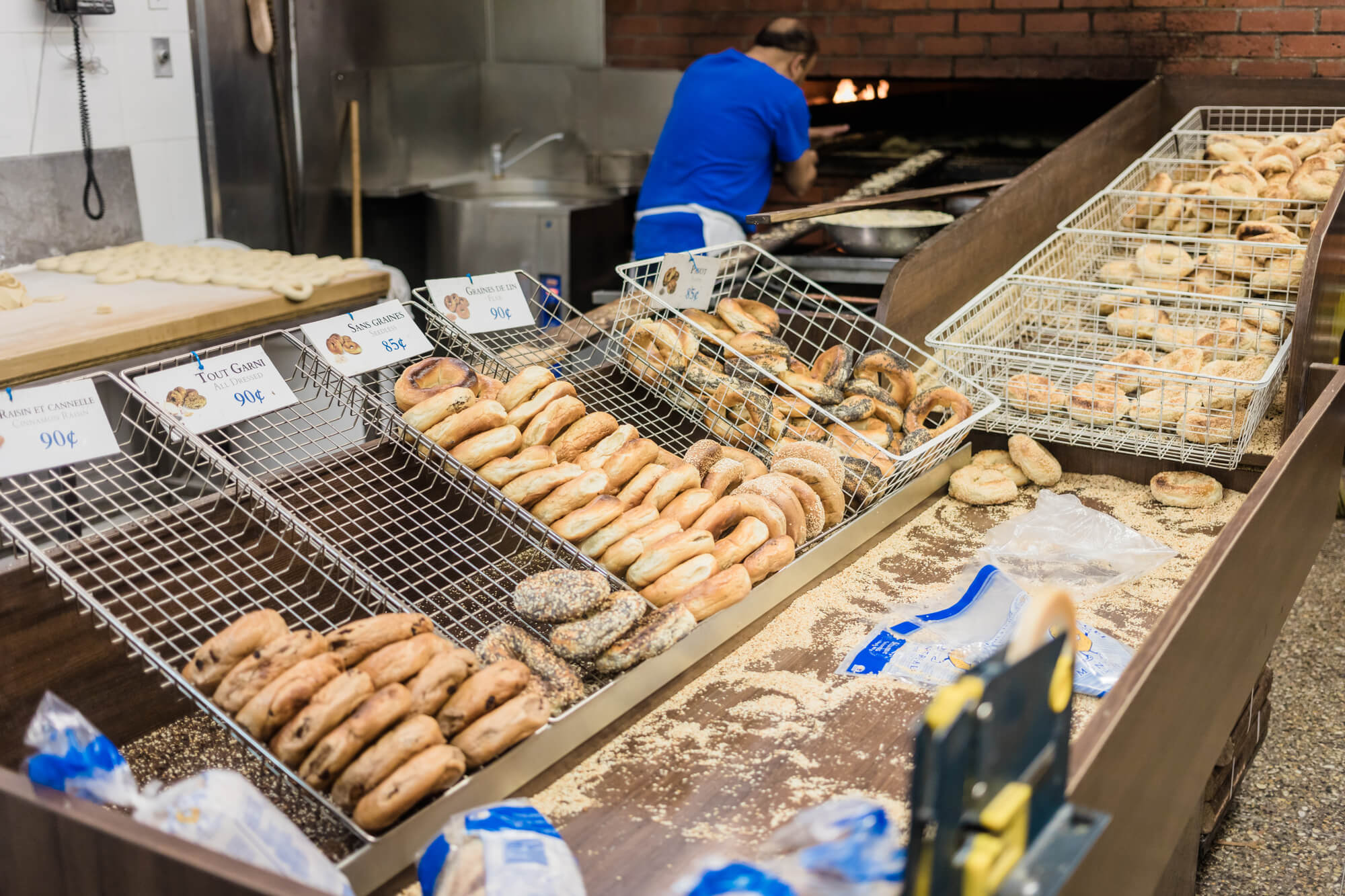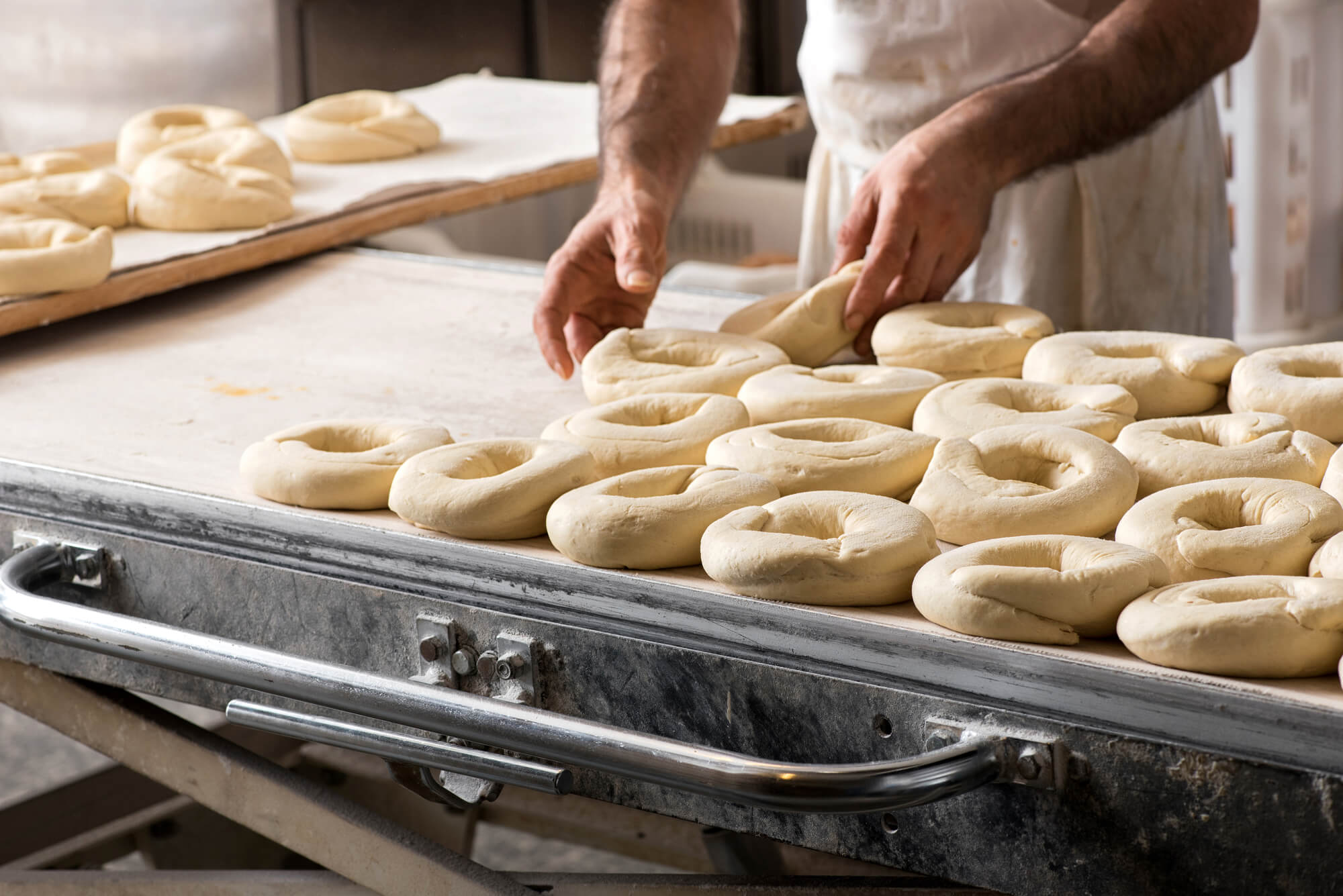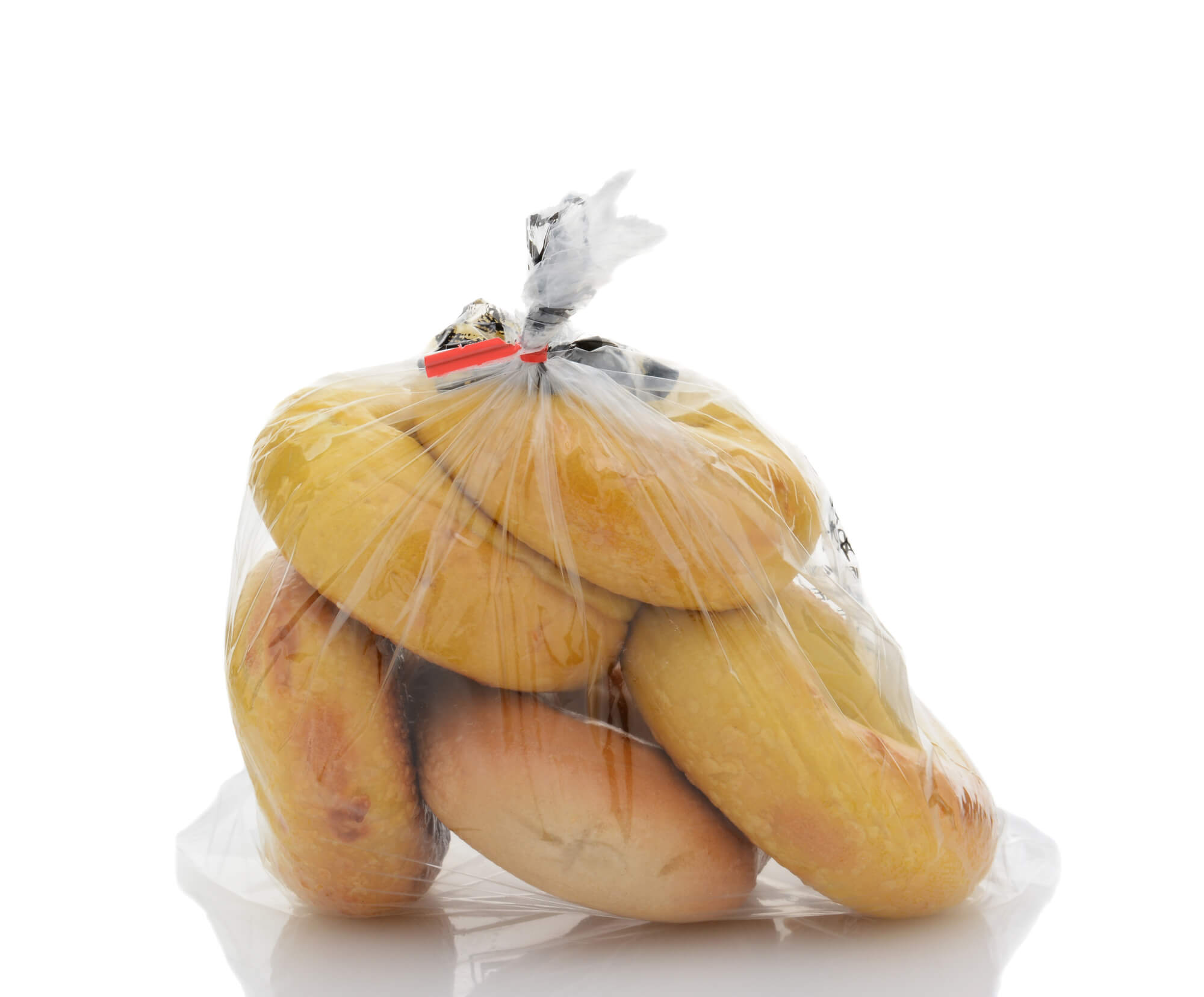
How annoying is it to bring home freshly baked bread, bagels, or other delectable bakery goodies only to be confronted with off-putting packaging? Soon after, you’ve consumed a couple of wonderful slices, and then what’s next? How would you keep the remaining bagels fresh so that you could consume it as long as possible?
Packaging equipment is extremely important in bakery operations. Customer preference for quick/easy opening and sealing of the package has influenced the evolution of bread and bagel bag closing machines for bakery goods.
Proper Bagel Storage
It’s just as important to figure out how to keep bagels fresh as it is to choose the perfect bagels. The good news is that keeping your beloved bagels is not as difficult as you might believe. Although bagels are known for becoming stale quickly, appropriate storage can help to keep your bagel airy until you’re ready to eat it.
If you plan on consuming them within a few days, then…
You should eat your bagels within 48 hours or less of receiving your order for the best bagel experience. Place the bagels on your counter in a rolled-up paper bag. They will be able to keep fresh without being exposed to a lot of air or moisture as a result of this. The texture may get a little chewier, but the general freshness will be maintained.
If you plan on consuming them within a week, then…
Bagels that will be consumed within four to six days should be stored in a rolled-up paper bag inside a sealed plastic bag. This gives an extra layer of protection from the weather while still preserving the texture of the bagels.
If you’re not sure when you’ll consume them…
Your best choice for any bagels you don’t plan to eat right away is to put them in the freezer. Before freezing, slice each bagel and place it in a resealable plastic bag. Remove one from the bag and place it in the toaster as soon as you’re ready to eat it.
The Process of Bagging Your Favorite Freshly Baked Goods
Bakery operations rely heavily on packaging equipment. They are mostly used in high-speed bakeries for bagging and wrapping baked items in polyethylene bags. The evolution of closure mechanisms for bagging bread, bagels, and buns have been heavily impacted by customer preference for quick/easy opening and sealing of the package.
Bread can be stored using stacks of bags or wickets. A scoop is inserted into the open end of a bag that has been blown open by air, swells, then holds the bag, and pulls it from the wicket over a properly positioned loaf. The open end is then pulled together to form a neck, which is then secured with a wire twist tie or a plastic clip.
Two Common Types of Bread Bagging Closures
Plastic Tags
This bag-closing machine can close 100–130 bags per minute. These closures are likewise wound on reels with tens of thousands of closures on each reel. The plastic clip can be imprinted with information such as the price or the “sell by” date.
Resistant polystyrene is used to make plastic-clip closures. Their aperture size can make an almost airtight box, extending the shelf life of items. Color-coded tags are also provided for labeling and traceability.
Twist Tie
Twist ties keep the bag tight while the closure is placed, and they don’t open until the customer wants to physically open it. Twist ties are simple to use and re-use, and they safeguard the product’s integrity by preventing it from going stale early in the freezer.
It is a low-cost closure for the product manufacturer, with benefits such as automated application and color coding for production. Additionally, it prevents early product degradation, resulting in a satisfied consumer who is more likely to return to your organization.
Need a Bagel Packaging Equipment Service?
Set up a service contract with us and have the guarantee, rather than hoping that things don’t go wrong at the most inconvenient time. Check out our large selection of tools, appliances, small wares, and a lot more. If you require assistance with the upkeep of your restaurant’s equipment, please contact us today at Lenexa Manufacturing Company.


